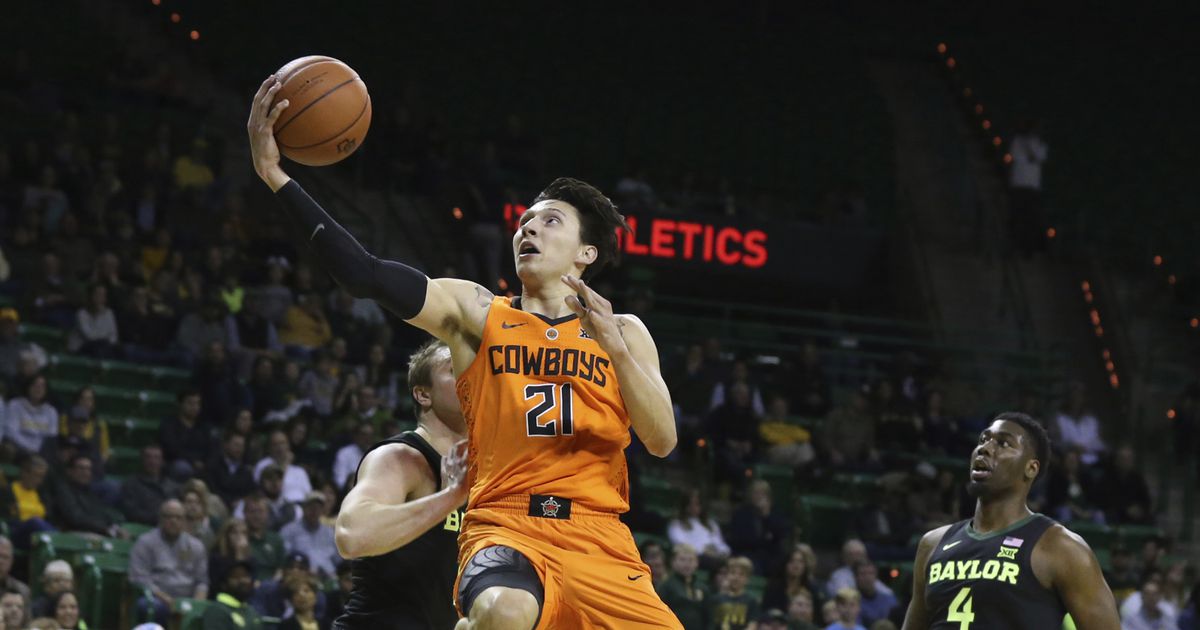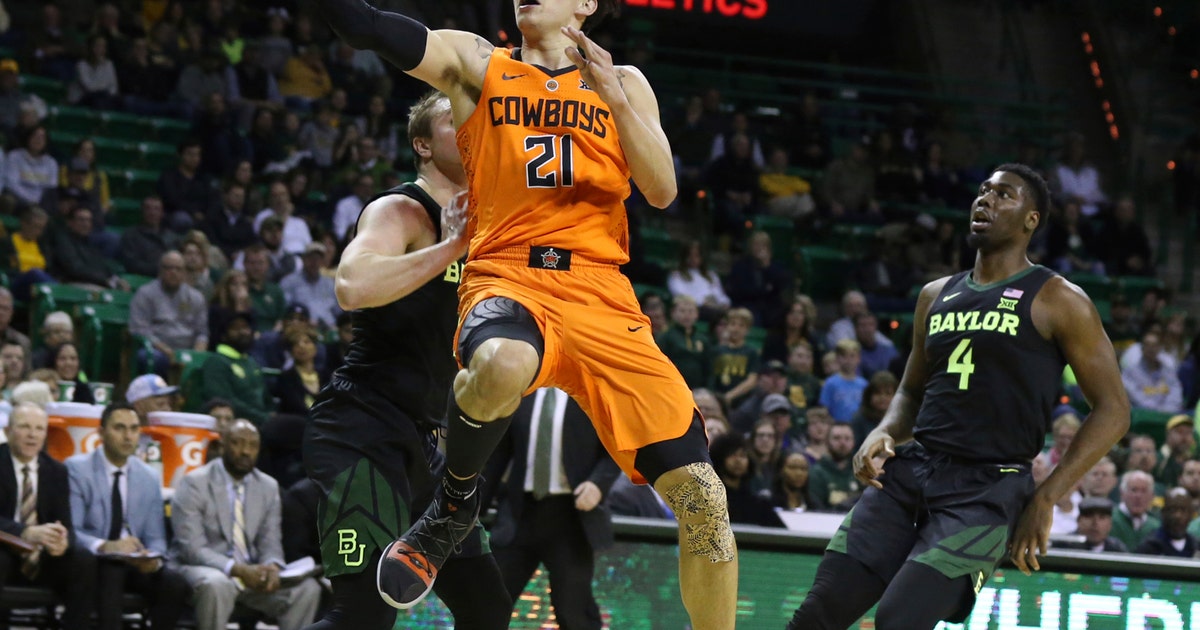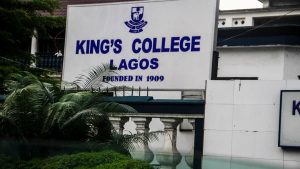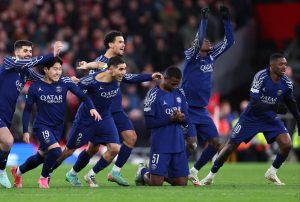Oklahoma St’s Waters draws focus to Native American players


STILLWATER, Okla. (AP) — Oklahoma State guard Lindy Waters III thinks there are many capable Native American basketball players who are getting overlooked.
He wants to change that by drawing attention to young players who are American Indians, including many who want to follow in his success.
“I just don’t think that Native Americans are looked at on a scale for athletics,” said Waters, who is part Kiowa and part Cherokee. “That really stands out to me because I’ve played with great Native American basketball players. They can shoot the ball, they’re really unselfish. They know how to play. Our numbers should be higher than they are.”
According to the NCAA, there were 14 Native American men’s players last season across the 351 teams in Division I. Waters is second among Big 12 players, shooting 45 percent from 3-point range and 91 percent on free throws this season, averaging 12 points. He drew national attention by hitting four 3s in the last minute of regulation against Texas Tech, including a shot at the buzzer to force overtime.
The American Indian Exposition, a large intertribal gathering and cultural event, named Waters III its Indian of the Year in 2018.
“It’s who I am,” Waters said. “It’s who my parents have taught me to be. I need to respect who I am. Being Native American, you can just kind of say that you are Indian, or you can actually go out there and get involved in things.”
Waters and his father, Lindy Jr., put on camps at the Kiowa and Comanche Nations last summer and plan to run six camps at tribal nations in May. Waters is from Norman, Oklahoma, a short drive from plenty of youth hoops in Oklahoma City. There aren’t as many opportunities for kids in small towns elsewhere in the state that have significant Native American populations but sit farther from basketball hubs.
Phil Dupoint, a Kiowa who is president of the American Indian Exposition, said Waters’ impact on Native American youth cannot be overstated.
“I’ve seen the effect he has on the younger tribal members, and they kind of more or less put him in a high-ranking status,” Dupoint said. “They want to accomplish what Lindy Waters accomplished.”
Cherokee Nation principal chief Bill John Baker said Waters embodies his tribe’s value of a tough, resilient spirit.
“Through sharing his own experiences, he, like many Cherokees before him, is trying to help the generations after him achieve greater successes,” Baker said.
Waters is the most established player among three Native Americans on Oklahoma State’s team, including J.K. Hadlock of the Osage Nation and Gabe Simpson of the Cherokee Nation.
Waters’ father says his son has stayed humble amid increased visibility.
“We’re just taught that way — to listen to our elders, listen to our respected people in our tribe, elders in our family. We are just taught to listen before we speak. He is the epitome of that type of young person,” he said.
Matthew Komalty, chairman of the Kiowa Tribe and a former high school coach at Apache (Oklahoma), said Waters has helped other Native American kids by running camps but also making the most of his opportunity in college hoops.
“We’ve had many great athletes walking around,” he said. “He’s opening a door for Native American children. They needed that.”
Komalty said the Kiowa are picking up their efforts, too. The tribe sponsored a Native American team, mostly Kiowa members, that traveled around Oklahoma last summer and sent a team to a tournament in Phoenix, Arizona.
“Our tribe has been down for so long, but now we’re building up where we can do some of these things for our kids, and it’s a great thing to be able to see our kids excel,” he said.
Thanks to Waters, Dupoint believes maybe a few more of those players will be seen.
“Believe it or not, they want to walk in your shoes. They want to be like you,” Dupoint said he told Waters.







